Below, the FUBAO editor will explain the advantages, disadvantages, composition principles, applications, and so on of the harmonic drive one by one.
I. Composition Principle of Harmonic Drive:
The harmonic drive is composed of three core components: the rigid wheel, the flexible wheel, and the wave generator. The harmonic drive reducer is a new type of reducer developed based on the principle of planetary gear transmission.II. Advantages of Harmonic Drive:
(1) Large transmission speed ratio
The transmission speed ratio range of a single-stage harmonic gear is 70 to 320, and some devices can reach 1000. The speed ratio of multi-stage transmission can reach more than 30,000. It can be used not only for deceleration but also for acceleration.(2) High carrying capacity
This is because in the harmonic gear transmission, a large number of teeth are simultaneously engaged. In a double wave transmission, the number of teeth simultaneously engaged can reach more than 30% of the total number of teeth. Moreover, the flexible wheel is made of high-strength material, and there is face contact between the wheel teeth.(3) High transmission accuracy
This is because in harmonic gear transmission, multiple teeth engage simultaneously, and errors are averaged out. This results in high transmission accuracy. At the same gear accuracy level, the transmission error is only about 1/4 of that of ordinary spur gear transmission. At the same time, the radius of the wave generator can be slightly changed to increase the deformation of the flexible wheel, making the backlash very small, and even achieving backlash-free engagement. Therefore, the transmission backlash range of the harmonic reducer is small and suitable for reverse rotation.(4) High transmission efficiency, smooth operation
Since the flexible wheel teeth move radially at a constant speed during the transmission process, even if the input speed is very high, the relative sliding speed of the teeth is still very low (only about -% of that of ordinary involute gear transmission), resulting in low tooth wear and high efficiency (up to 69% to 96%). As both sides of the gears are involved in the engagement, there is no impact during engagement, resulting in smooth operation.(5) Simple structure, few components, easy installation
There are only three basic components, and the input and output shafts are coaxial, making the structure simple and easy to install.(6) Small size, light weight
Compared with general reducers, the volume of the harmonic drive can be reduced by 2/3 while reducing the weight by half when the output torque is the same.(7) Can transmit motion to confined spaces
Utilizing the flexible characteristics of the flexible wheel, this valuable advantage of wheel drive is unmatched by other existing drives.Disadvantages of Harmonic Drive:
- 1) The flexible wheel undergoes periodic deformation, resulting in alternating stress, making it prone to fatigue damage.
- 2) Large moment of inertia and starting torque, not suitable for low-power tracking transmission.
- 3) Cannot be used for transmission speed ratios less than 35.
- 4) The instantaneous transmission ratio of harmonic transmission using a roller wave generator (free deformation wave) is not constant.
- 5) Poor heat dissipation conditions.
Applications of Harmonic Drive:
Harmonic drive has a wide range of applications and broad market space. Currently, it is mainly used in various types of robots. In addition to robots, harmonic drive is also widely used in other fields such as CNC machine tools, photovoltaic equipment, medical devices, semiconductor equipment, aerospace, and other fields.CNC machine tools: The power source of CNC machine tools comes from servo motors, which require additional reducers to increase torque and improve the inertia matching of the load end. Because the harmonic drive is small in size, high in precision, and has high transmission efficiency, high-end CNC machine tool production and manufacturing have gradually begun to use harmonic drives to replace the original electric drive components.

 English
English Deutsch
Deutsch Русский
Русский Español
Español
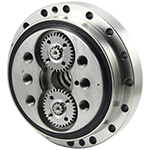
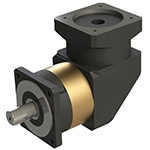
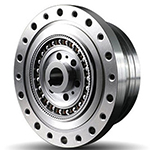
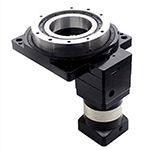
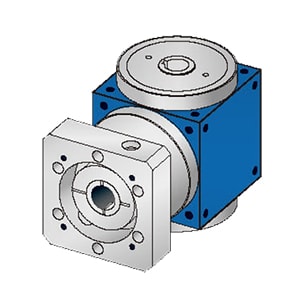
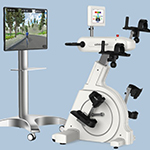
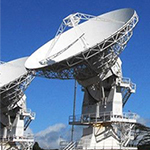
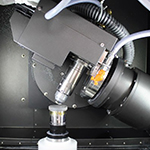
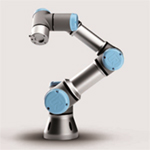
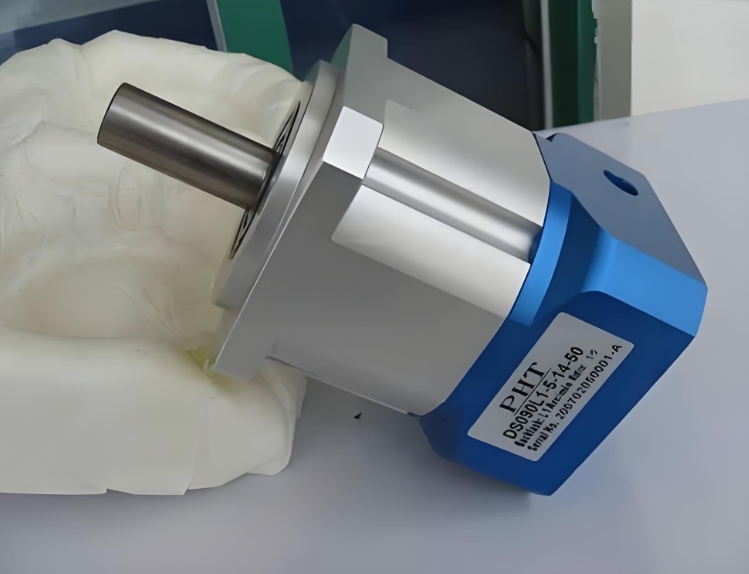
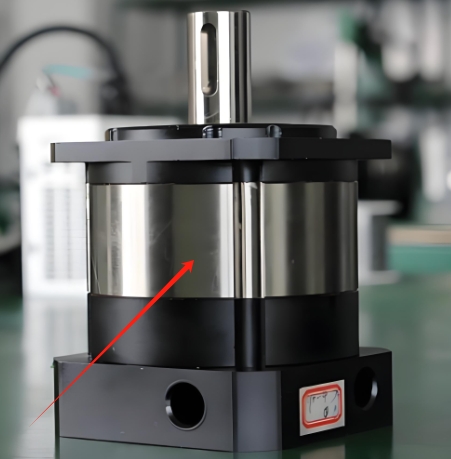
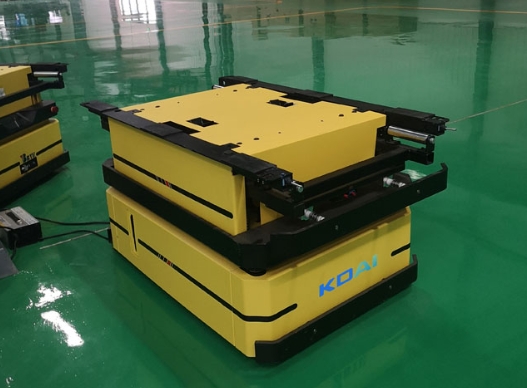
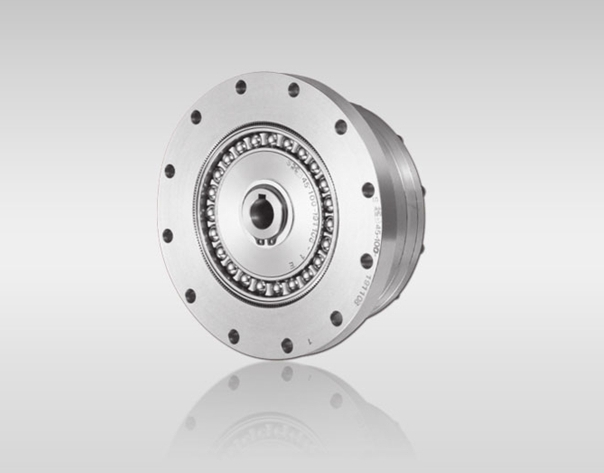
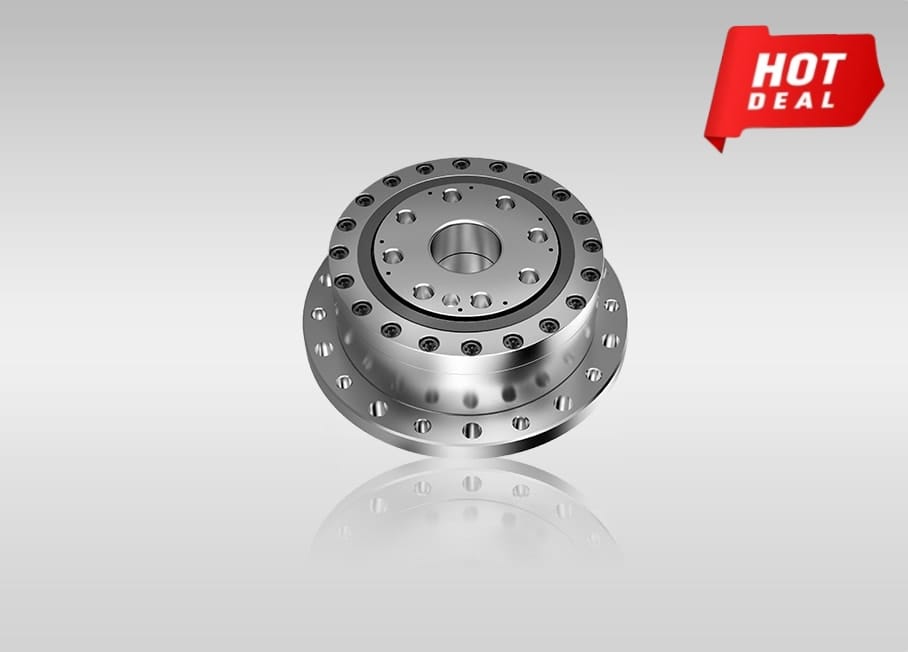
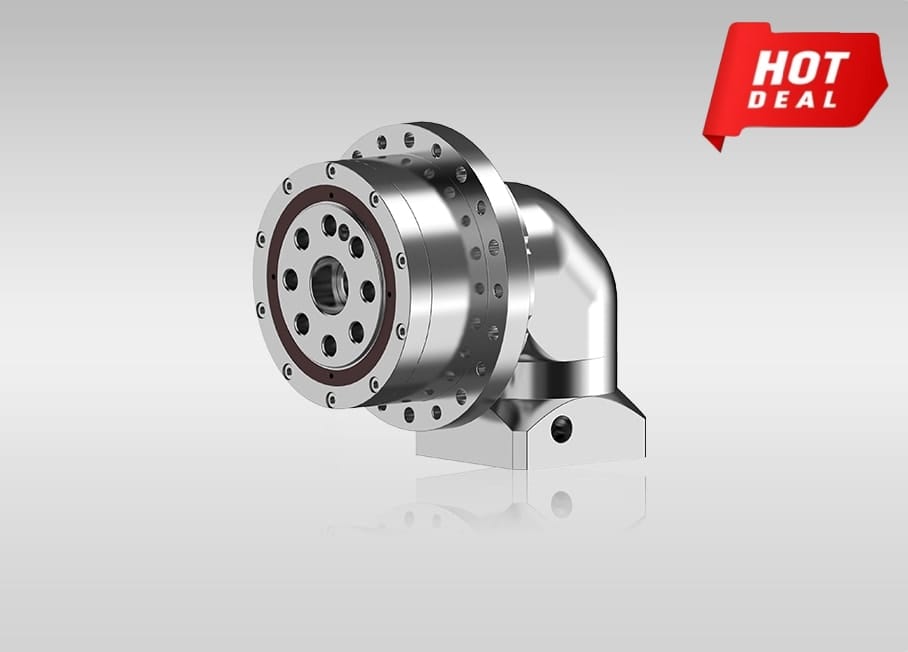
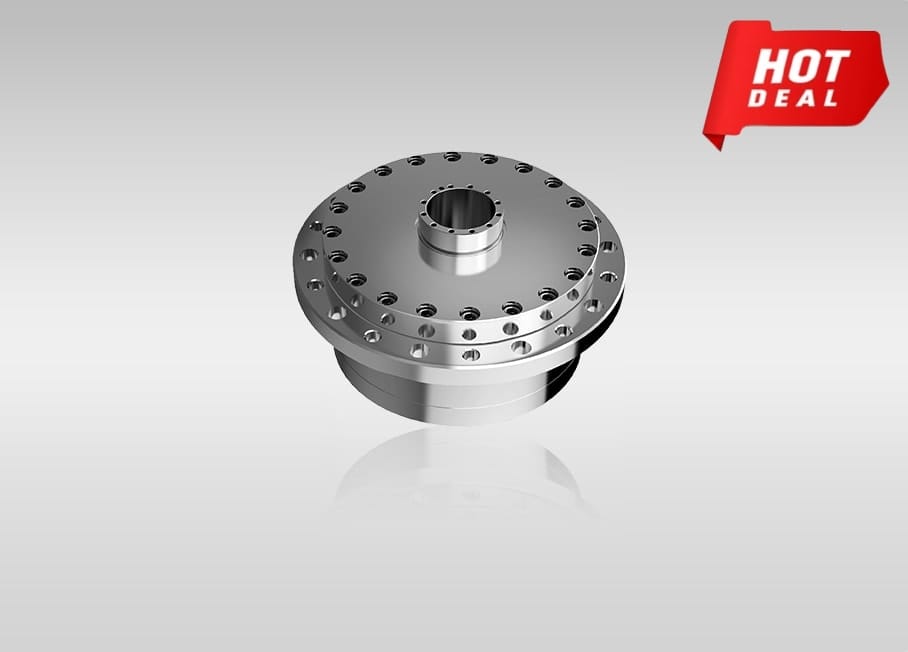
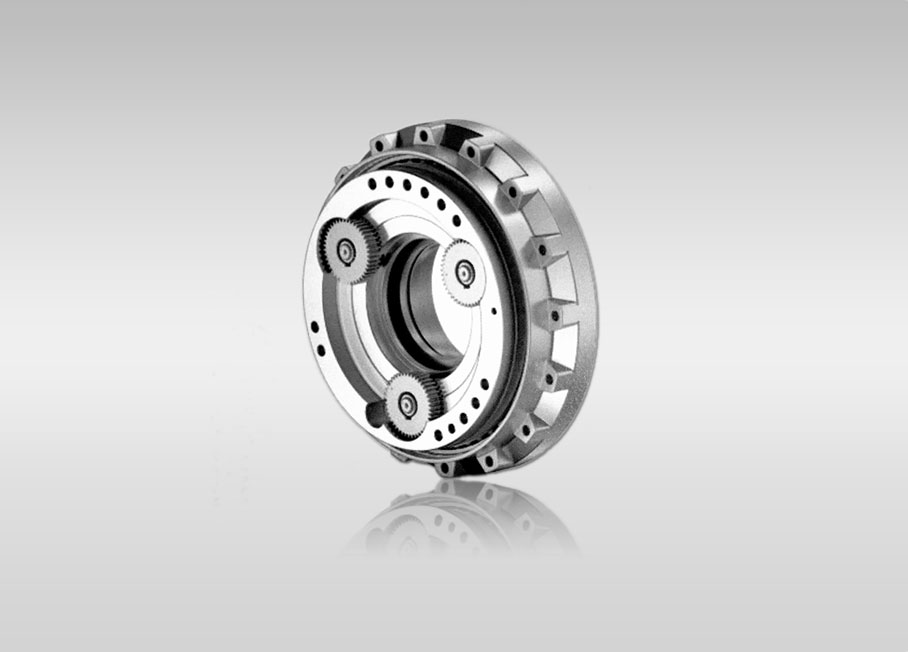
Quote Now